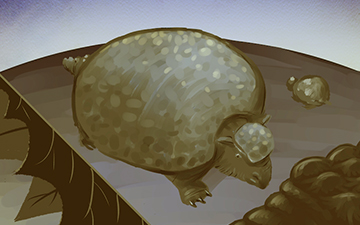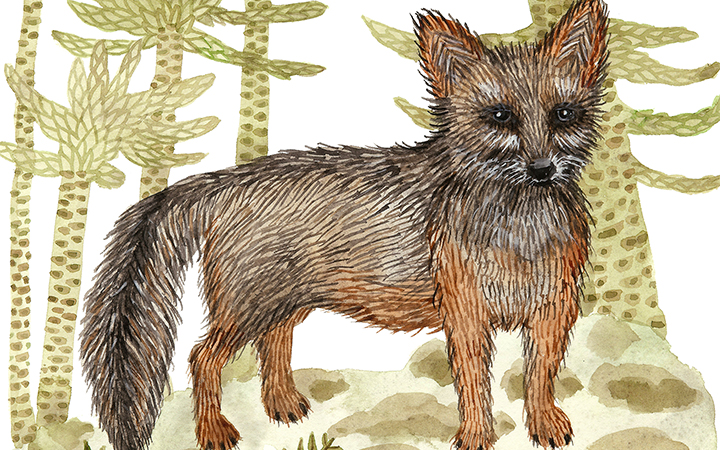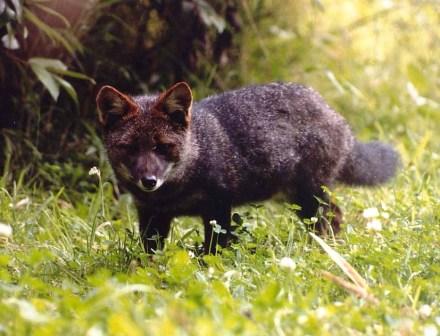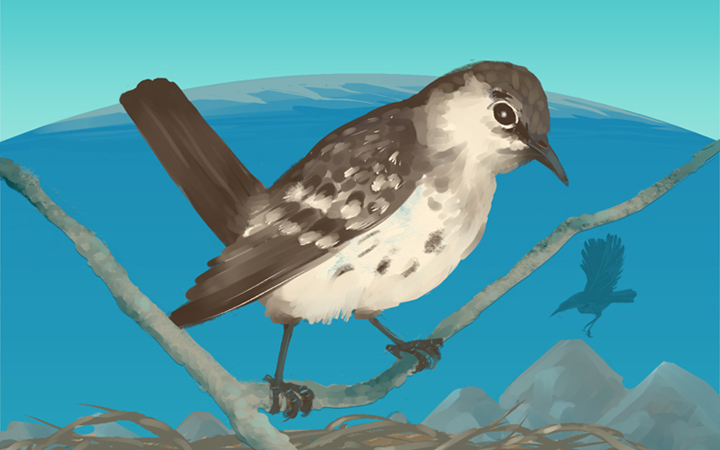Chordata

Glyptodon
Glyptodon Genus


4 POINTS
Play: Glyptodon has a MOVE of 2 and is EXTINCT
Fact: Darwin described the fossils as “a large animal, with an osseous coat in compartments, very like that of an armadillo.”

Bridled Burrfish
Chilomycterus antennatus



9 POINTS
Play: This fish has a MOVE of 2.
Fact: C. antennatus has the ability to inflate their body through the swallowing of water or air.

Darwin’s Rhea
Rhea pennata



3 POINTS
Play: Darwin’s Rhea has a MOVE of 2.
Fact: Darwin was searching for this bird, and first came across it on his dinner table when Conrad Martens, an artist on board the H.M.S. Beagle, accidentally shot one for a meal.

Darwin’s Fox
Lycalopex fulvipes



4 POINTS
Play: Darwin’s Fox has a MOVE of 2.
Fact: Darwin’s fox was first collected from San Pedro Island off the coast of Chile by the naturalist Charles Darwin in 1834.

Marine Iguana
Amblyrhynchus cristatus



4 POINTS
Play: The Marine Iguana has a MOVE of 2.
Fact: Darwin was revolted by these creature’s appearance, and referred to them as “Imps of Darkness.”

Floreana Mockingbird
Mimus trifasciatus


3 POINTS
Play: The Floreana Mockingbird has a FLIGHT of 2.
Fact: The Floreana Mockingbird is critically endangered and is on the brink of extinction.